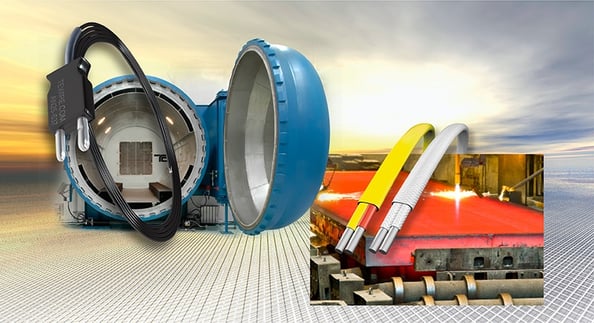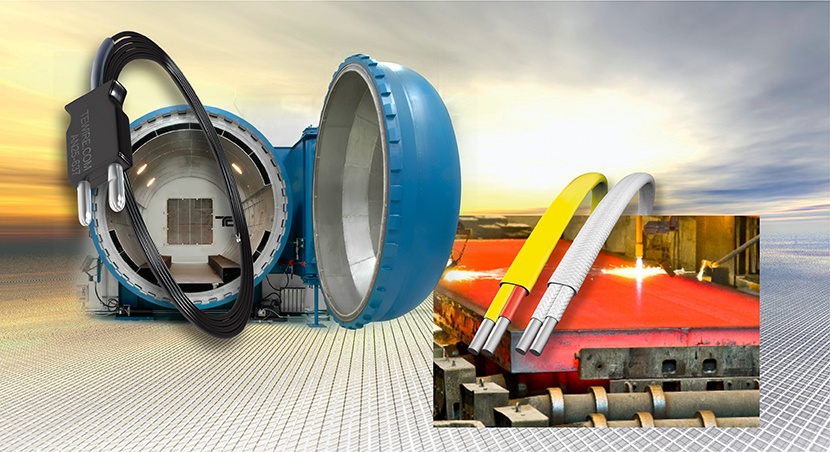Posted by Pat Durkin
September 2, 2016
I had the privilege of attending the latest NADCAP meetings in Montreal late in June. Because so many of our customers in both metallurgy and aerospace composites manufacturing require NADCAP certification, I want to be sure we’re on top of all the requirements. So, I regularly attend two or three meetings yearly and sit in on the Composites Task Group.

In the Montreal sessions, we learned that Performance Review Institute (PRI) has budgeted for almost 200 audits worldwide for the Composites group. The number of audits continues to increase proportionally to the increases in production for the B737 and A320 families, plus B787 and A350 successes.
The end result? More first-time audits are being scheduled for composite part manufacturing sites who are joining in this ramp up.
Concurrently, over the course of the past year, the Composite Task Group has been looking at how to address the requirements of AMS2750E as applied to the processes used in composite manufacturing.
As you’re probably already aware, the SAE Aerospace Material Specification, AMS2750E covers pyrometry.
The Scope of this standard is called out in its paragraph 1.1. “This specification covers pyrometric requirements for thermal processing equipment used for heat treatment. It covers temperature sensors, instrumentation, thermal processing equipment, system accuracy tests, and temperature uniformity surveys. These are necessary to ensure that parts or raw materials are heat treated in accordance with the applicable specification(s)”. (To view the complete AMS 2750E standard, visit:
http://standards.sae.org/ams2750e/.)
Most of AMS 2750E is directed toward the heat treatment of metals above 500°F, although refrigeration equipment is included.
While the composites industry rarely uses temperatures above 500°F (260°C), the same need for consistency and quality in composite processes exists for autoclaves, ovens and furnaces as for jet engine blades heat treated at high temperatures. Whether curing composite parts at 400°F (200°C) or heat treating single crystal blades at 2200°F (1250°C), there is common ground in the requirements:
Because so much of the AMS2750E requirements involves heat treat above 1000°F (538°C) the Task Group decided to form a subcommittee to look at processes specific to composites.
A few of the ideas that are worthy of consideration are:
I’ll be sure to provide on-going updates, so be sure to watch our blogs for new information. By the way, if you are in Pittsburgh in October 2016, why not plan to attend the next NADCAP meeting and learn what is going on firsthand.
Why is this important? Why should you care?
By increasing your awareness and continuously improving and refining these standards, the results of compliance will be increased safety, quality improvements, reductions in waste, which in turn yield improved reputation and higher profits.
Ultimately, all of this contributes to your bottom line growth.
Learn more:

